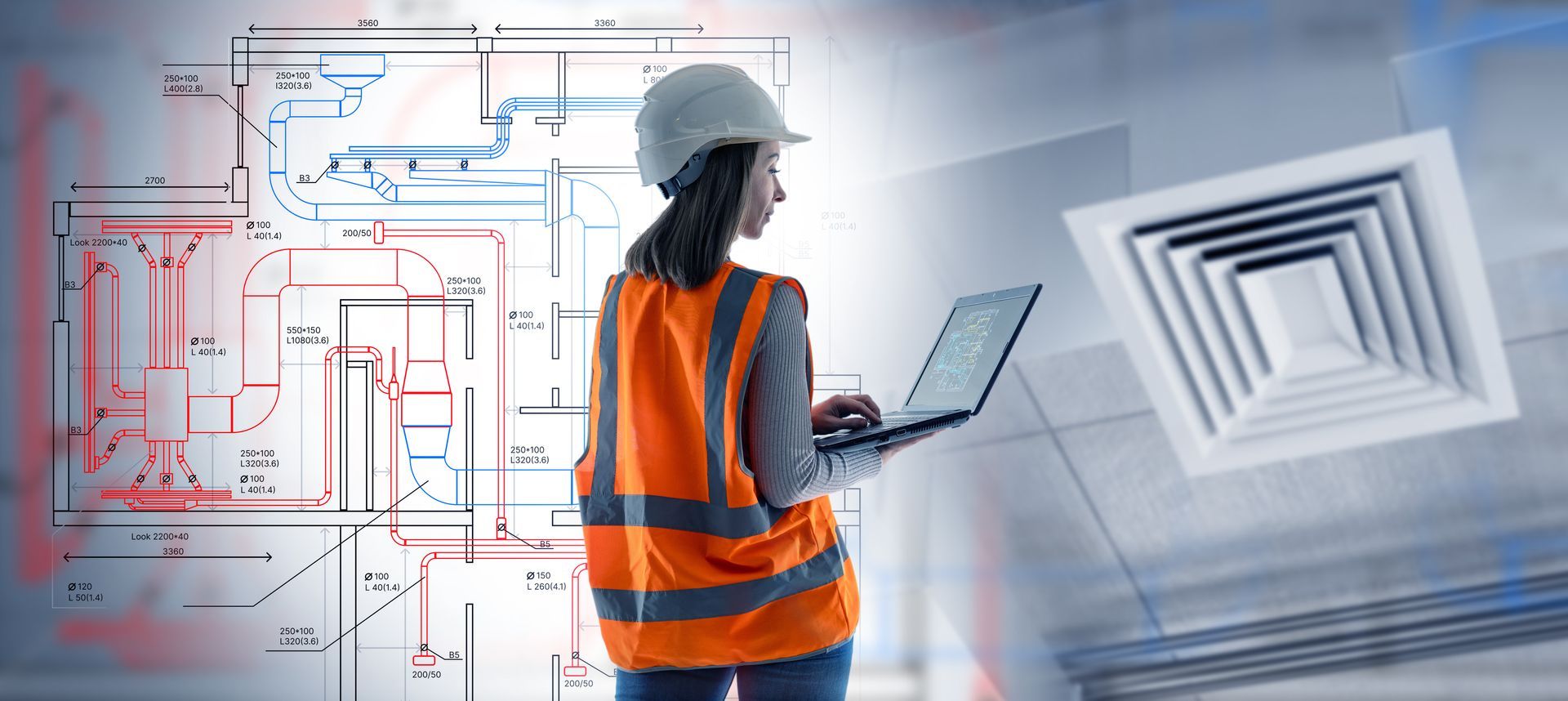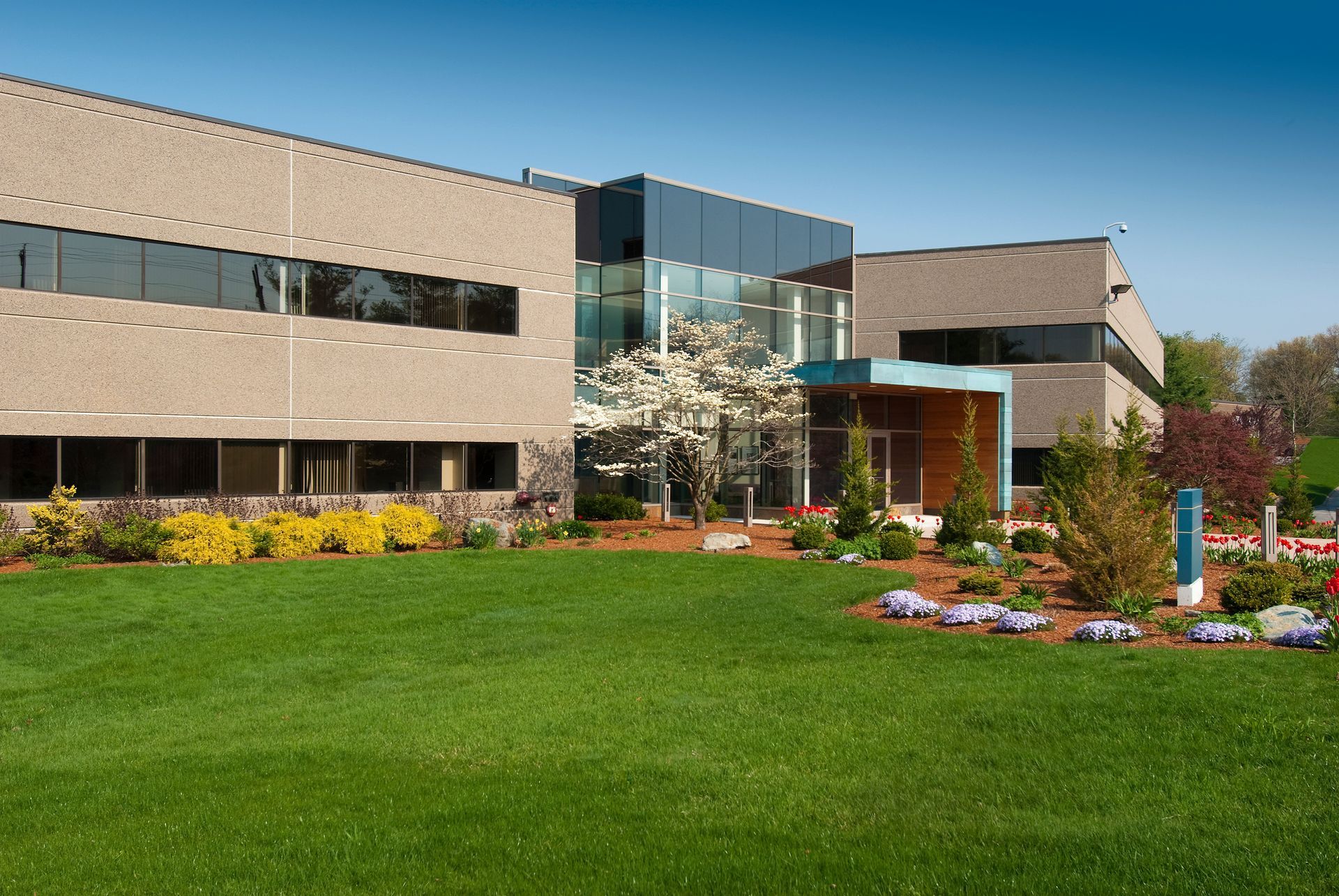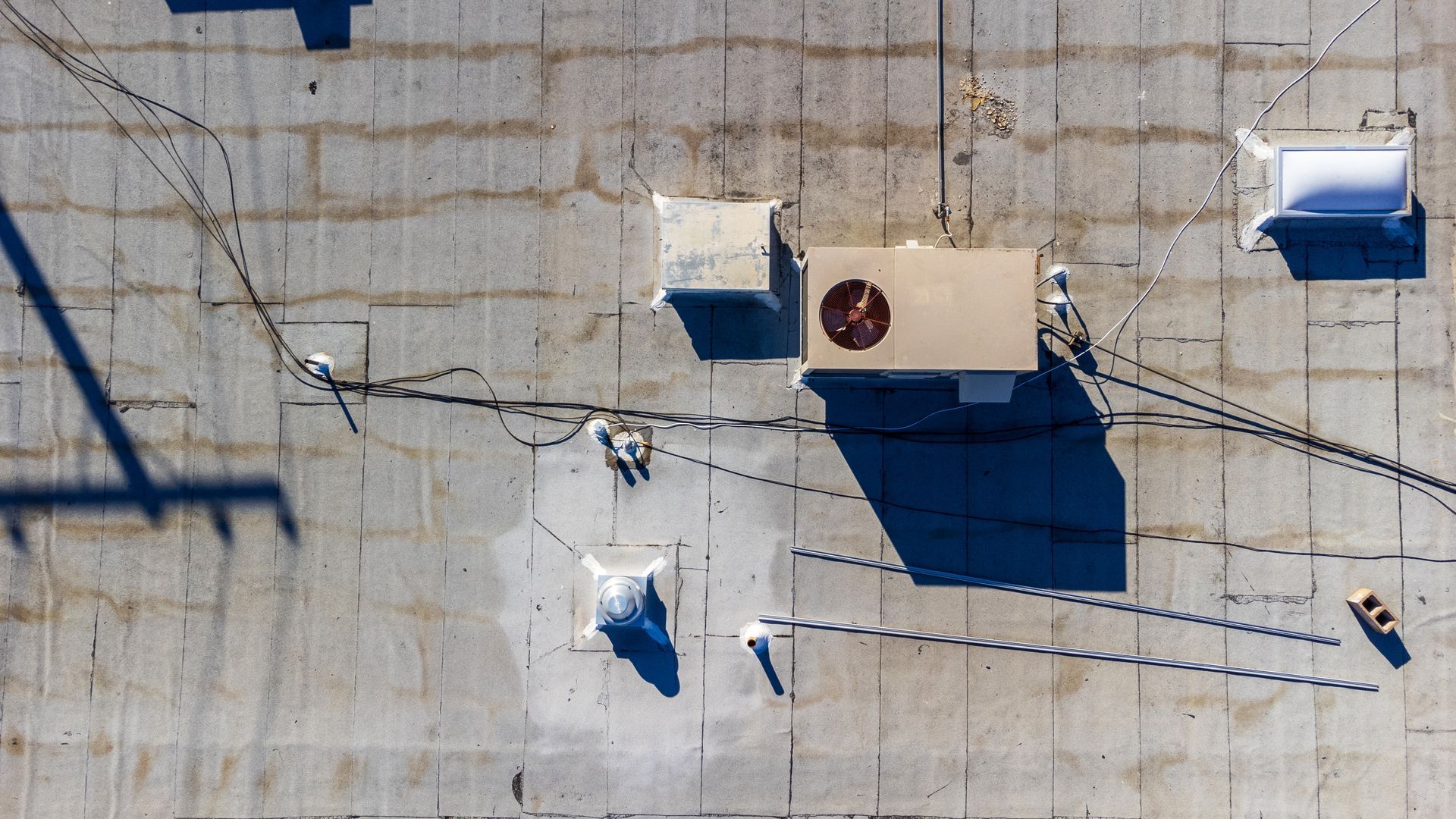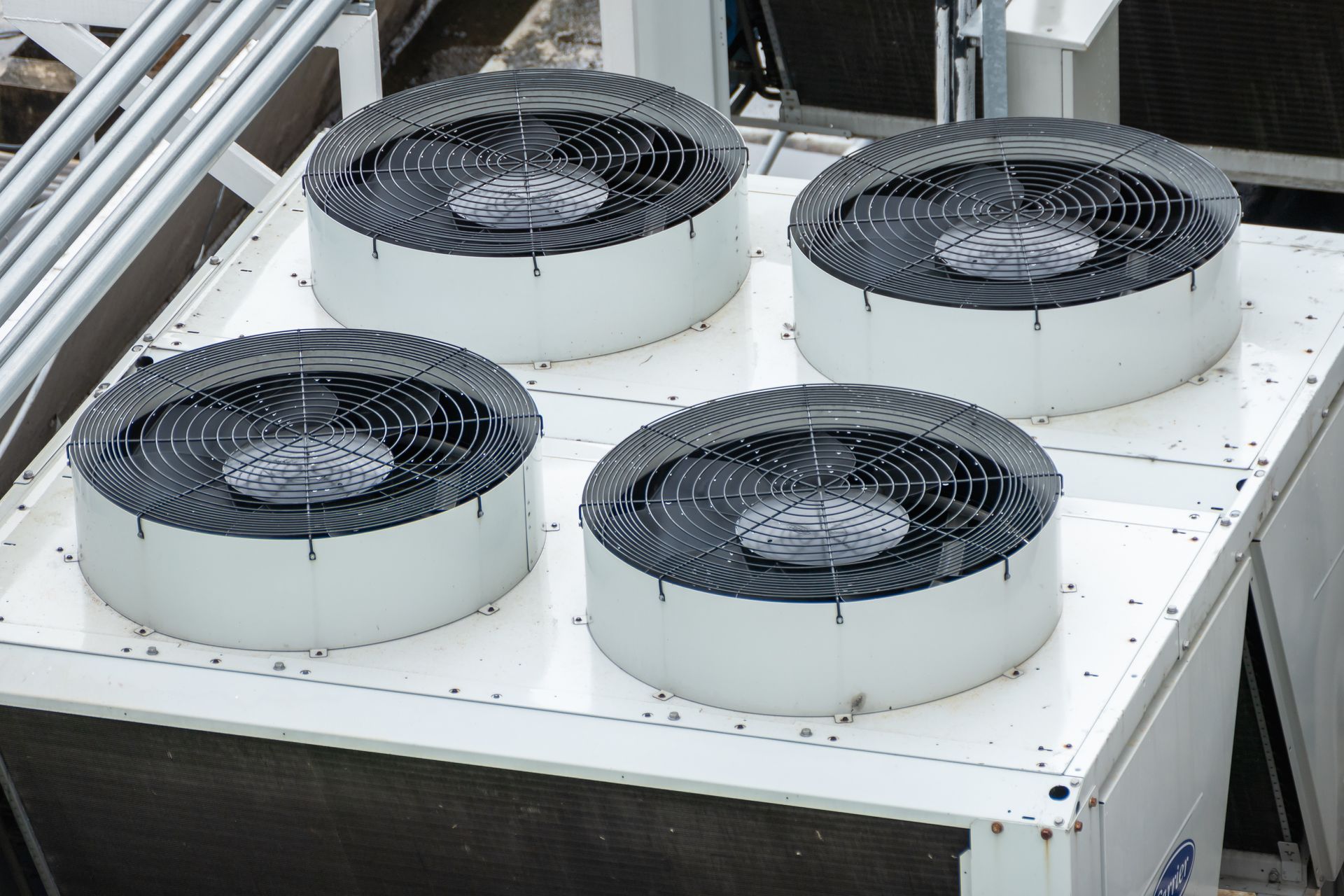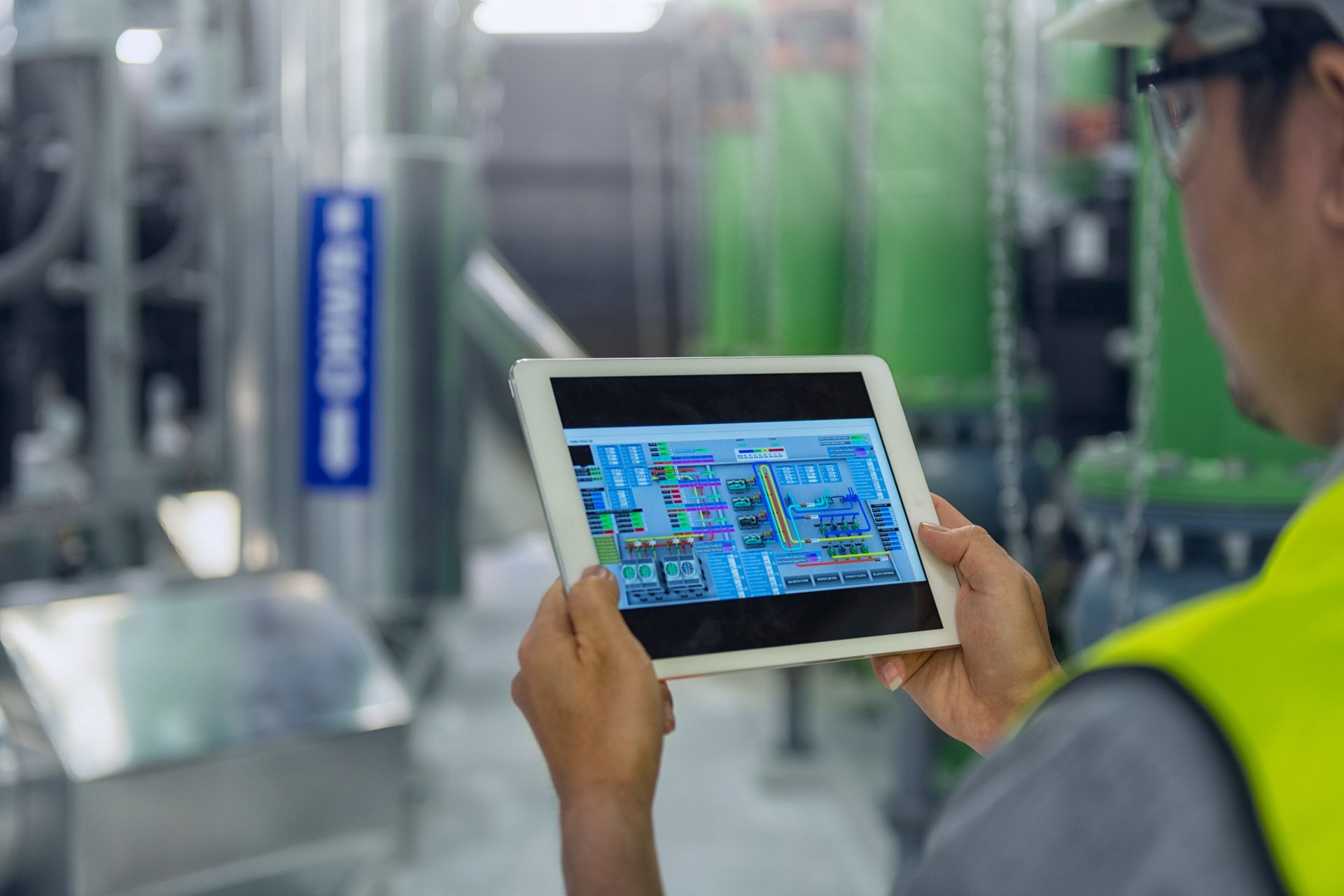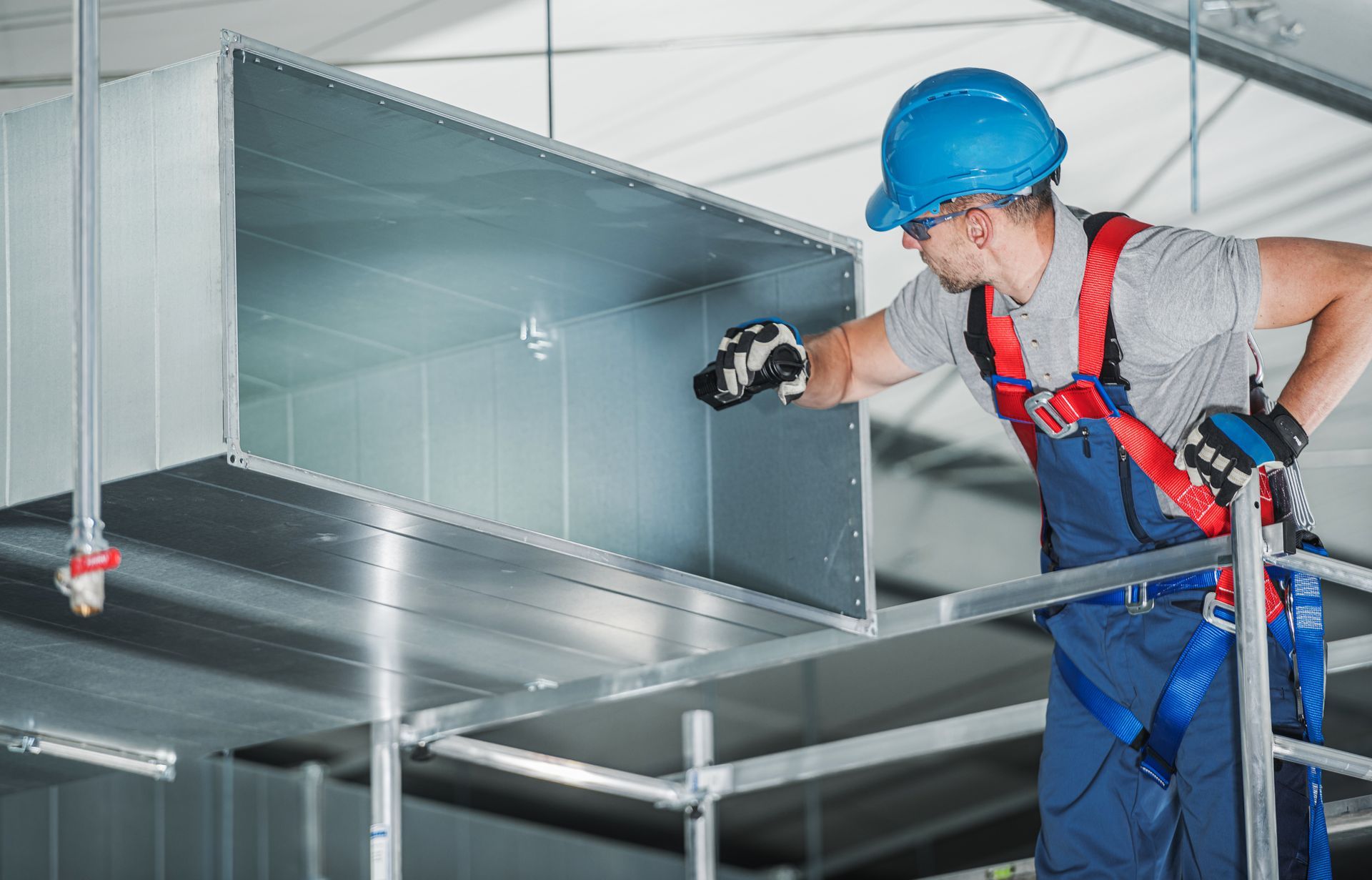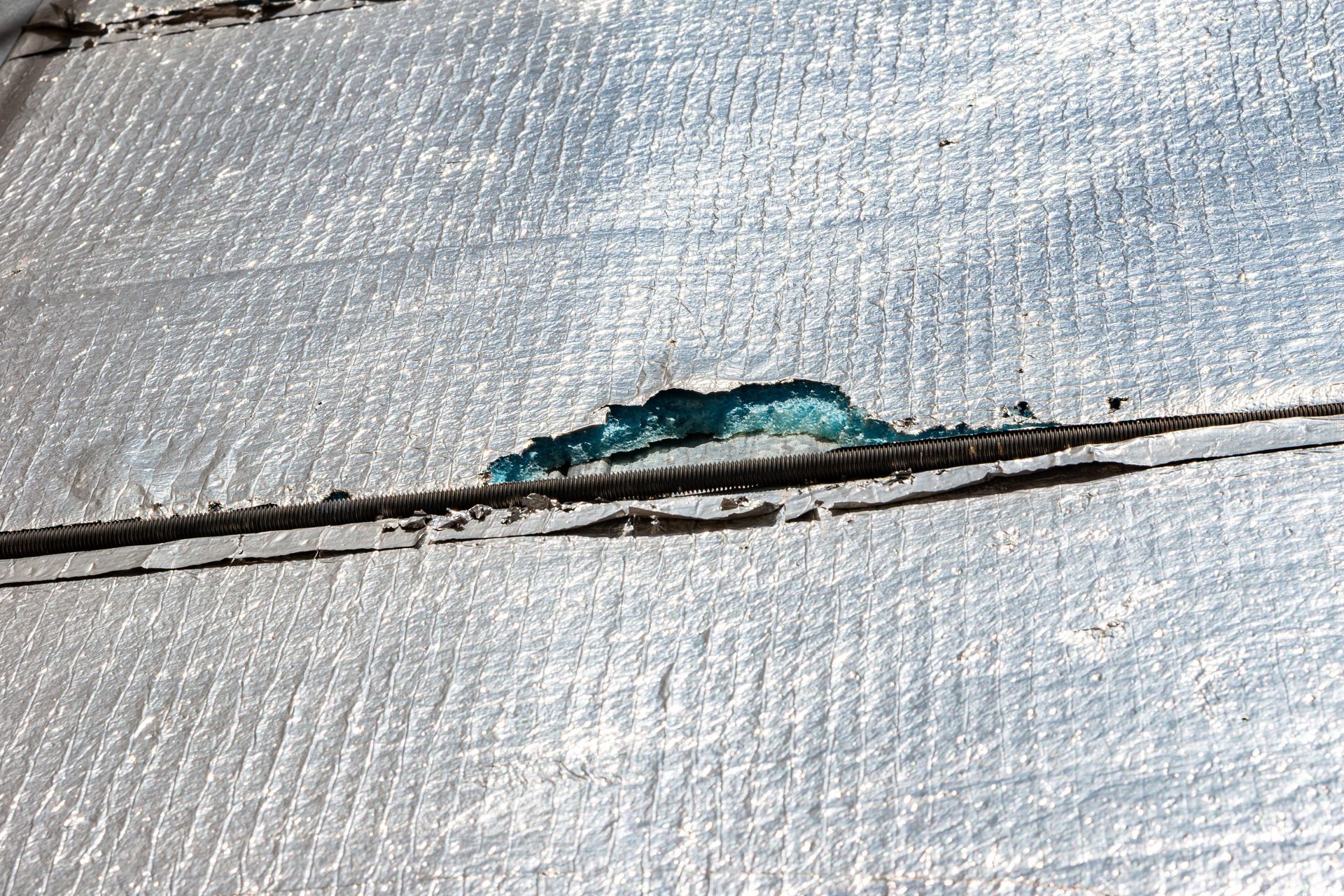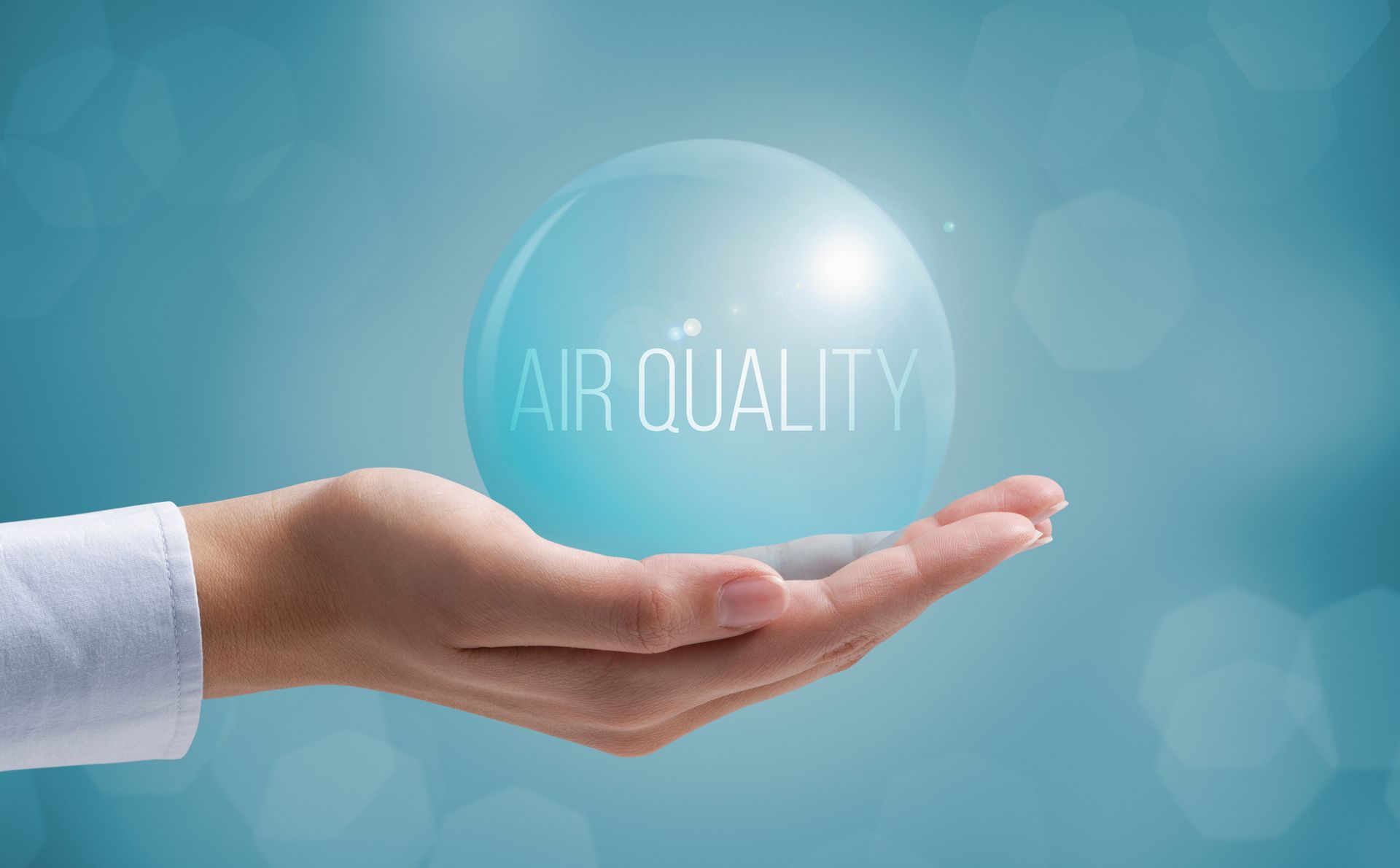How Economizers Use Outside Air to Lower Cooling Costs
Share
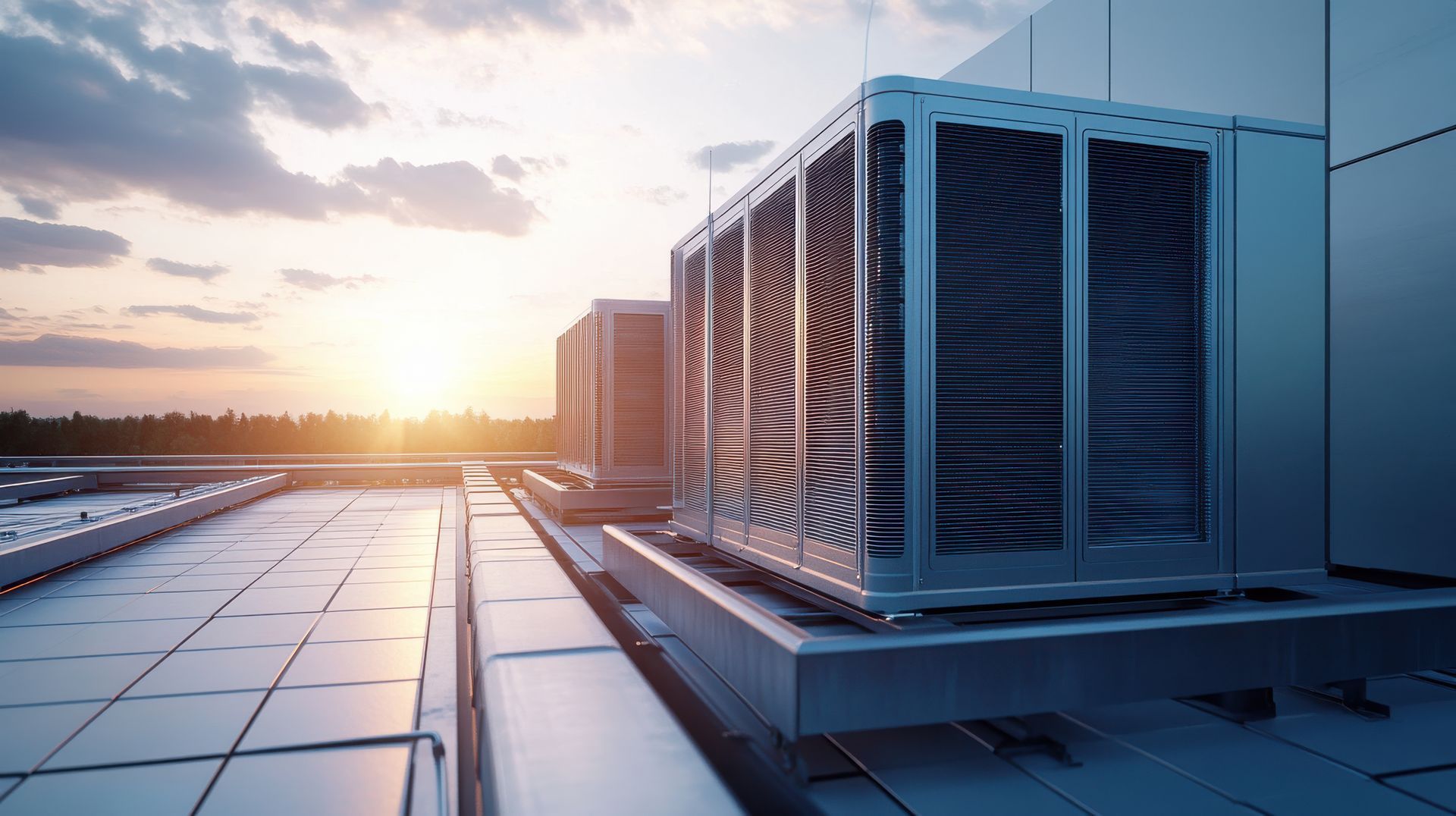
Facility managers and commercial property owners in North Texas have to manage a lot of variables to control operating costs. Climate control is usually one of the largest expenditures in the expense column. Economizers can be an efficiency-enhancing HVAC addition for many facilities, but they’re not an ideal solution for every application.
An economizer is included in most modern RTUs or can be added to pull in cool outside air when weather allows, reducing the need for mechanical cooling. Instead of always relying on compressors and chillers, the system lets nature do part of the work, saving energy and lowering utility bills.
How Economizers Work
Economizers monitor outdoor air conditions to decide when it’s efficient to bring that air indoors for cooling. There are two main types:
- Dry bulb economizers
look only at the outdoor air temperature.
- Enthalpy (wet bulb) economizers check both temperature and humidity, which is especially important in Arlington and the greater Dallas–Fort Worth area.
When outdoor air is cool and dry enough, the economizer opens dampers to bring in fresh air and reduce the load on your air conditioning system. Most new or replacement RTUs already include economizers, as many are designed to meet current energy codes and efficiency standards right out of the box.
Does My Building’s Current HVAC System Have an Economizer?
Systems installed within the past several years likely already include an economizer, but those managing outdated equipment may want to talk to a commercial HVAC professional about whether retrofitting is possible or if it’s time to consider a full system replacement. Adding an economizer can be a worthwhile upgrade if the existing equipment is compatible.
If you’re not sure whether your system has an economizer, check your rooftop unit or HVAC equipment for external dampers and look for an economizer controller or module in the system’s control panel. Maintenance teams can also review equipment specifications or installation records. When in doubt, an HVAC professional can inspect the system to confirm whether an economizer is installed and working properly.
When They Make Sense in North Texas
While DFW summers are famously hot and humid, there are still plenty of times when outside air can help cool a building. Economizers work best:
- During spring and fall, when days are mild and humidity is lower.
- On cool mornings or evenings, when the outside air is significantly cooler than indoor spaces.
One of the best things about economizers is that they work automatically to deliver energy savings without extra effort from building occupants. When outdoor conditions are right, the system’s controls switch over on their own to use outside air to help meet the thermostat’s temperature settings.
There’s no need for facility managers or tenants to manually activate the economizer. Once installed and set up properly, it’s a hassle-free way to capture efficiency benefits.
Best-Fit Applications
Economizers are a smart choice for many commercial spaces, particularly when the building has large, open zones and a predictable occupancy pattern. Good examples include:
- Warehouses with open layouts and large air volumes.
- Office buildings with shared spaces and fewer individual zones.
- Manufacturing facilities where internal heat gains are high.
- Retail stores with open floorplans.
These spaces can benefit from “free cooling” without the complications that come with many small, separate zones.
Where Economizers Offer Limited Benefits
Economizers don’t offer the same value in every building. In some applications, the system may rarely find conditions where using outside air makes sense, or facility managers may intentionally limit or disable economizer use to meet specialized needs. Examples include:
- Schools with many separate zones, where pulling in outdoor air could cause uneven temperatures between classrooms and make it harder to manage comfort.
- Medical facilities, where strict air quality, filtration and pressurization standards limit or override economizer operation to protect patient environments.
- Data centers, where precise humidity control and environmental stability matter more than potential cooling savings.
- Buildings near heavy outdoor pollution, where drawing in untreated air poses indoor air quality concerns.
In these settings, the economizer hardware is typically present but operates under tighter controls and may rarely activate. When the potential risks outweigh the energy savings, economizers may be purposefully deactivated.
Would Economizers Work Well in Your Arlington or DFW Facility?
Facility managers and building owners interested in improving climate control efficiency without sacrificing performance should ask the commercial HVAC team at Tom’s Commercial about economizer installation or calibration.
Proper sizing, installation and maintenance are key to ensuring the system works as intended, and that the energy savings actually materialize. Call us at 817-857-7400 for more information or to request repair or maintenance to keep your HVAC system running properly.

